History of Ethereum hard forks

The recently deployed Shapella hard fork was the last significant upgrade to make Ethereum a truly PoS blockchain. In the network's history, which spans almost a decade, many upgrades were deployed to set it up.
Creating Ethereum Foundation
In June 2014, the group of developers behind Ethereum established the Ethereum Foundation in a Swiss jurisdiction. The plan was to start a crowdfunding campaign and raise funds for the future development of the network.
The crowdsale lasted for 42 days. 60 million Ether were generated to be later sold to the public, during the first weeks of which investors could get 2,000 Ether per bitcoin. Later, that number was slashed to 1,399 ETH per BTC.
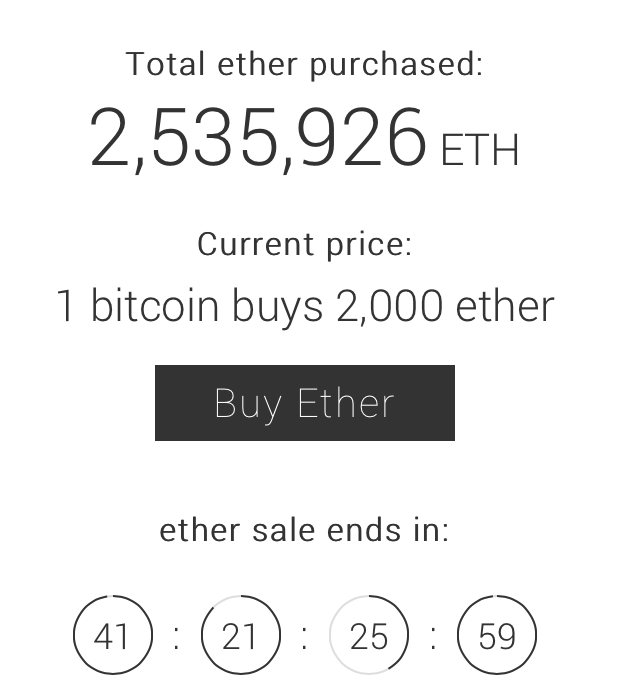
As a result, $18 million worth of BTC kickstarted the development of the 2nd largest cryptocurrency in the world.
What is a fork?
Forks are changes that are implemented in a blockchain protocol, an upgrade to a network which can feature a minor update or a significant change — for example, transitioning from one consensus mechanism to another. Forks can be initiated by community members as well as developers.
Hard forks vs. soft forks
Hard forks make previous versions of the chain obsolete. Therefore, every validator on the network should update to its latest version, ultimately forming a new chain. Members of the old version get new tokens in the new chain since they share the same history.
Soft forks are not as radical as hard forks and have backward compatibility. The protocol's development team often uses them to program new features into the codebase.
Ethereum Improvement Proposals (EIPs)
An Ethereum Improvement Proposal is a formal document that describes new functionality or process on the Ethereum blockchain. Given the complexity of a well-written EIP, generally, they are created by application developers. The guidelines for writing an EIP are outlined in EIP-1.
A fork of the chain can include several EIPs.
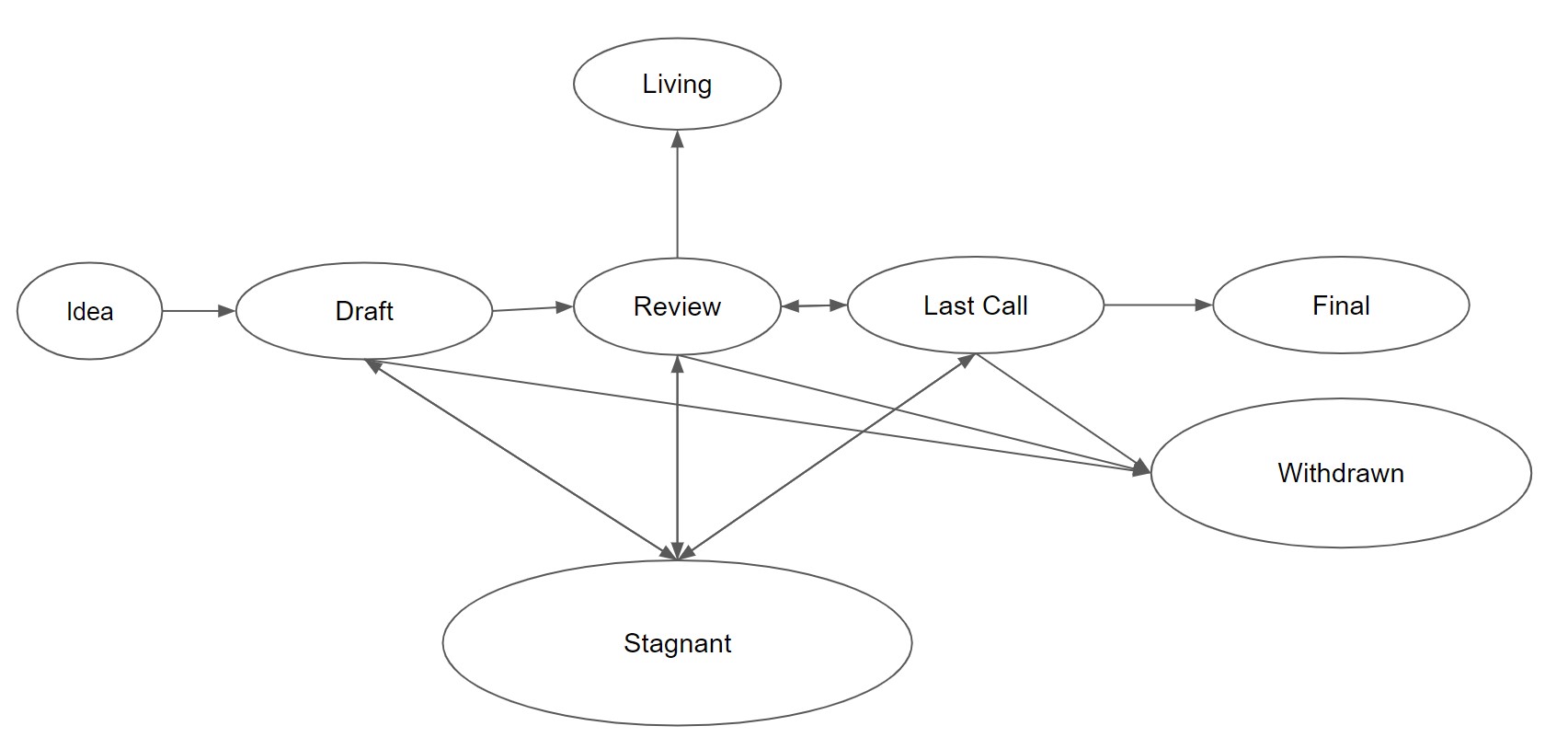
Frontier
The first hard fork of the Ethereum blockchain containing the network's genesis block, Frontier, was deployed on July 30, 2015.
The first block contained 8,893 transactions of all the users participating in the crowdsale. Over 72 million Ether were pre-mined for the launch, 12 million of which were allocated to the blockchain's development fund.
The Ethereum Virtual Machine was introduced on Frontier.
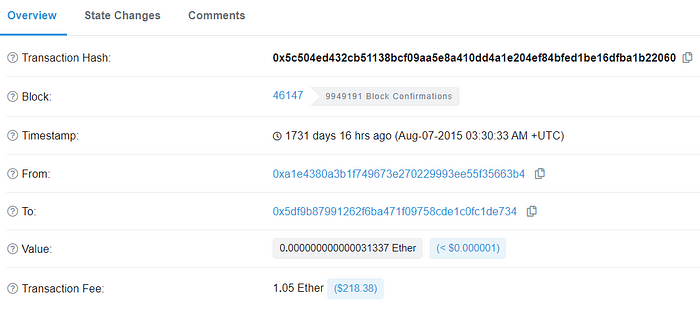
Homestead
The Homestead upgrade executed on May 14, 2016, was the first planned hard fork. The upgrade introduced new Solidity code to enhance smart contract functionality and eliminated a centralization point on the network known as "canary contracts."
DAO hack
The DAO (Decentralized Autonomous Organization) was launched in 2016. It aimed to create a new decentralized business model for the organization of both commercial and nongovernmental enterprises. It was deployed on the Ethereum blockchain and did not have a conventional management structure or board of directors.
During its funding period, which lasted 28 days, The DAO raised around $150 million worth of Ether from more than 11,000 people, which made it the most successful crowdfunding in history.
As with any agreement on Ethereum, the rules of The DAO were written into a smart contract, available to the public eye. Shortly after the launch, malicious actors found a vulnerability in a piece of the program guarding the $150 million pool.

The incident
In June 2016, a reentrancy bug led to a heist of 3.6 million Ether. The hackers attacking the smart contract created a "child DAO" to which the funds were transferred. It inherited all the rules and vulnerabilities from its older sibling. Since the original DAO had a funding period of 28 days, no one could transfer the funds from it until that period had passed, leaving the stolen funds frozen for 28 days.
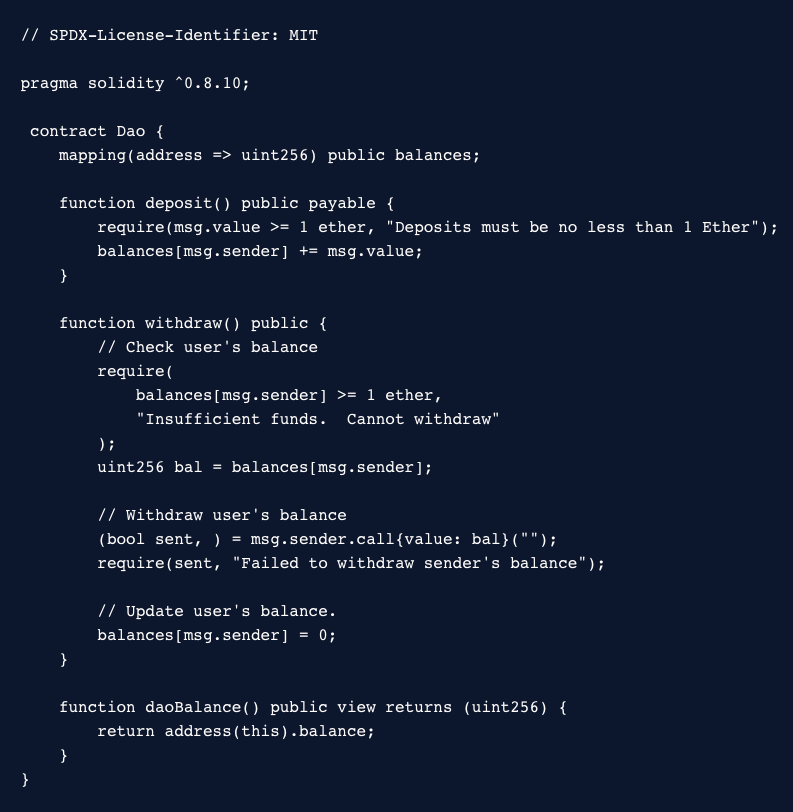
EIP-779 and Ethereum Classic
Network users put forward a controversial EIP-779 to implement a change in the lockup contract, after which the participants could withdraw their funds from the DAO pool and remain unaffected by the hack. The majority of the mining power agreed with the proposal and voted to do a hard fork. Those who wanted to stay on the old chain shifted to Ethereum Classic protocol. It is mainly supported by the Ethereum community.
In 2017, Ethereum entered a long-running phase to become a Proof of Stake protocol.
Metropolis stage
Metropolis is the Ethereum blockchain's planned stage to prepare the network for the switch from the Proof of Work to the Proof of Stake consensus method. Byzantium and Constantinople served as the initial stages of the Metropolis implementation.
Byzantium
The Byzantium hard fork went live in October 2017. The EIPs included in the upgrade were set to disincentivize mining on the blockchain by slashing the reward for a mined block from 5 Ether to 3.
Constantinople
The fork was deployed in two stages: Petersburg and Istanbul. The main proposal included in Petersburg — EIP 1234 — adjusted block rewards accrued by miners. After the hard fork, they would get 2 ETH instead of 3 per mined block.
Istanbul, deployed on December 8, 2019, was set to optimize gas costs with the EVM and create the possibility to deploy Layer 2 scaling solutions, such as zero-knowledge rollups using zk-SNARKS and STARKS.
To learn more about zero-knowledge systems, check out our in-depth guide.
Beacon Chain
The Beacon Chain was designed to ensure that the PoS consensus logic is reliable enough to be used on the Ethereum mainnet. This was why it ran in conjunction with the original PoW chain. To enable PoS on the mainnet, the Beacon Chain received the transactions from the original chain, bundled them into blocks, and grouped them into a blockchain that worked on PoS.
Role of the Beacon Chain in the Ethereum ecosystem. Source: Consensys
Beacon Chain also introduced staking. Network participants could now stake their Ether to validate transactions and get rewards. The minimum staking amount of 32 ETH was needed to become a validator on the new chain.
Although staking Ether was a big step toward a new consensus mechanism, the feature had some limitations. Participants that staked their holdings couldn't get their staking rewards or withdraw the staked Ether.
The old consensus mechanism, mining, and block propagation were turned off and handed out to the Beacon Chain in an event called The Merge.
The Merge
The highly anticipated upgrade to a more sustainable and eco-friendly consensus mechanism was deployed on September 15, 2022. The transition was expected to lower Ethereum's energy consumption by 99.95%, reduce transaction confirmation times, and make the network more decentralized due to lowered costs of becoming a node operator.
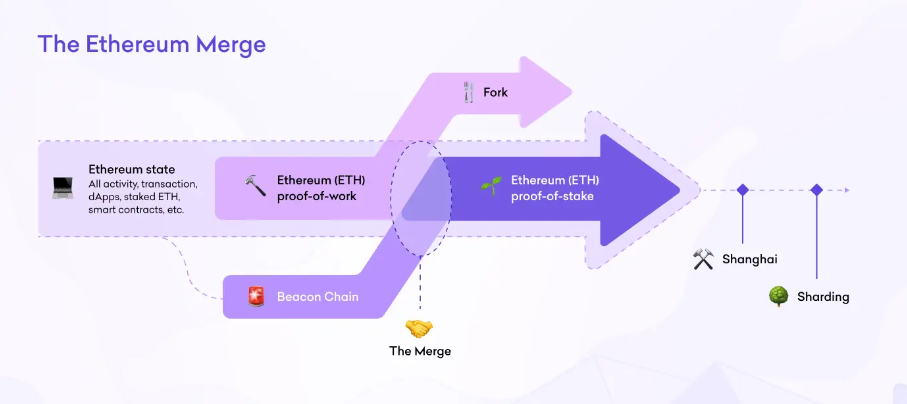
Simply put, The Merge was when these two systems intertwined, and Proof of Work was permanently replaced by Proof of Stake.
Ethereum's Shanghai upgrade
Since 2017, Ethereum developers have significantly upgraded the network to fully integrate PoS into the blockchain. The final step in that process was to enable the withdrawal of staking rewards and validator-staked ETH.
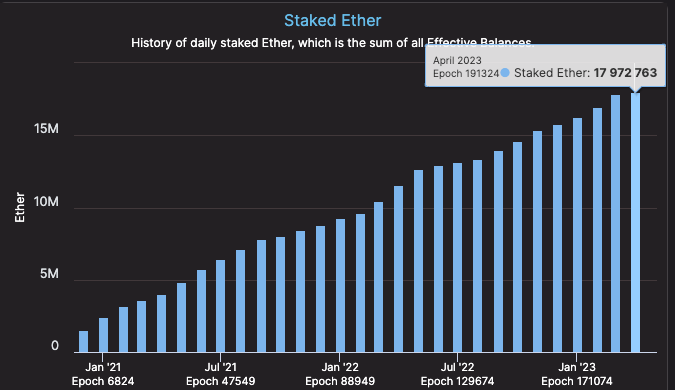
Whenever a new feature is implemented into the Ethereum protocol, it is enrolled both in the execution and consensus layers. The execution layer handles all the computations, while the consensus layer ensures that every participant on the network follows the rules.
On April 14, 2023, upgrades called Shanghai and Capella (Shapella) were deployed, each of them representing changes in the execution and consensus layers, respectively. The upgrades also introduced the ability to add withdrawal credentials for those who had not done it during the initial deposit.
On the first day of Shapella, around 180,000 Ether were withdrawn, 95% of which were staking rewards.
Final thoughts
With Ethereum fully transforming to PoS, the development team can finally focus on Layer 1 scaling solutions. Sharding is expected to elevate the blockchain's TPS to 10,000, compared to the current 29. Thanks to Shapella, liquid staking platforms will skyrocket in popularity and attract more users to the network, leaving scalability the #1 problem of the Ethereum blockchain.